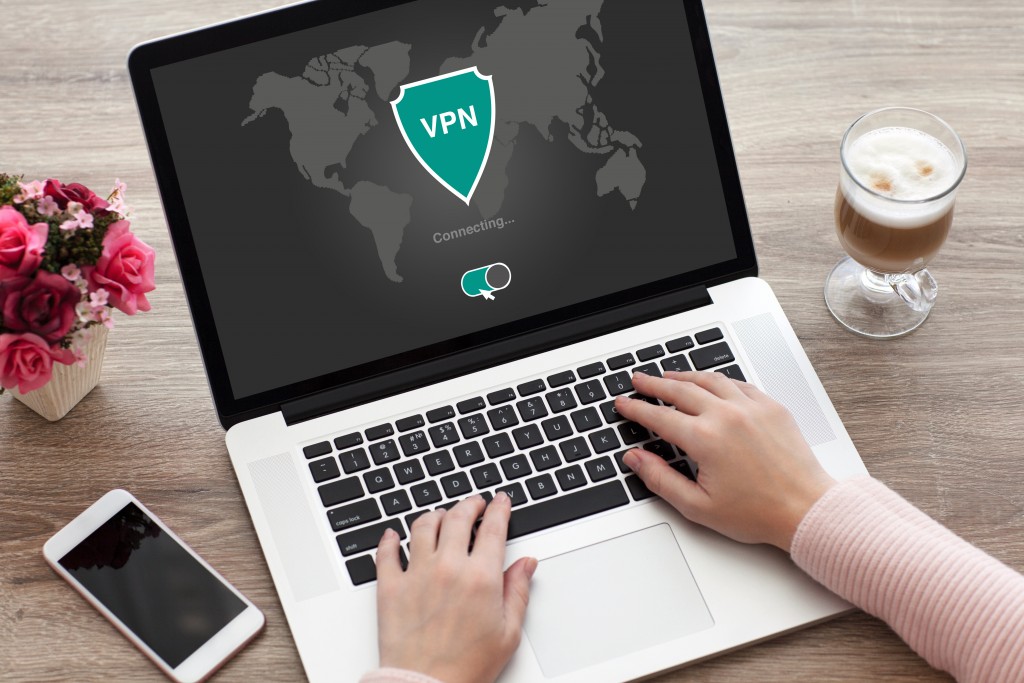We all take various measures to secure our homes. But in the age of remote work, it might be time to step up our efforts in the realm of home security.
Our homes are facing a new dimension of risk. It’s possible to be secured in the physical sense but wholly exposed in the virtual world, often without knowing it. Residential networks are several times more likely to be infected with malware compared to corporate systems.
Fortunately, technology also provides us with the necessary solutions. What new measures can you take to keep your home safe on the digital frontier?
Knowing the dangers
You might think that there’s little harm done if a hacker gains access to your vacation photos. But the consequences of a compromised device often pose a far greater problem.
Before you take any concrete action, it’s a good idea to assess the level of risk you’re dealing with. What are you protecting in the virtual realm? How do hackers ‘get in’ your device or network?
Most of us access the internet at home through an array of devices, from phones and tablets to laptops and desktops. On those devices, we might have personal files, such as scanned documents, resumes, budget worksheets, and the like.
We also access various accounts using our devices; social media, email, online banking, to name a few. Within those accounts, there’s the possibility that we have further sensitive information disclosed in our chat or email conversations.
And for the increasing number of people who work from home, devices also represent a gateway to the workplace resources. Our remote access to the office desktop or cloud-based tools can be a link to even more sensitive data.
To hackers, our home network and devices are a big puzzle waiting to be unlocked. And it’s easier to get hacked than you might think. Over the years, hacking requires far less skill than before, and once one device or account is compromised, the others are often quick to fall.
Observing personal best practices
The modern hacker is unlikely to be a solitary operator who has better things to do than target your system. Instead, hacking takes place through exposure to an ecosystem of independently moving parts.
For instance, if your email address is on a mailing list that gets leaked or sold to unscrupulous parties, it could be the recipient of multiple phishing emails. They attempt to have you click on a link that appears to be from a trusted source but redirects you to a website that will steal your login information.
In turn, that data could be passed on to other hackers who will try to use it to break into your other accounts or devices. In effect, they are trying to go up the food chain. But because the attack isn’t specifically targeted at you, the best way to prevent it is through simply improving your user behavior.
Learn to recognize the warning signs and various tactics used by online scammers. Don’t click on links or download attachments from suspicious sources. Even if a message appears to come from a legitimate source, contact them first through a separate channel to verify its authenticity.
Tightening up your network

However, safe user behavior is only part of the puzzle. Even as the frontiers of the internet have expanded, carrying more sophisticated cybersecurity threats with them, our home networks have also grown.
You can buy used cars for a great discount while still enjoying the same functionality. But when it comes to your gadgets, older devices, especially second-hand ones, are often the weakest link in a home network. They might not be receiving updates to protect them from the latest security vulnerabilities.
At the same time, the latest devices can also create problems. In today’s smart homes, everything can connect to your Wi-Fi, not only your phone but your refrigerator, TV, and water sprinkler. Yet IoT-enabled devices might lack the security protocols that are installed on your computers or mobile devices.
The best solution might lie in the hub of your home network: the router. Most residences access the internet behind this device; it broadcasts the connection throughout your home. A well-secured router mitigates the risks across your network. But the stock routers issued by your internet provider are often lacking in this department.
Take the time to learn how to configure your router (or have a professional do it for you). At a minimum, use a strong password and WPA-2 encryption. Hide the network SSID, position it centrally in your home, or limit its broadcast range so that people on the street can’t try to connect.
Once you get down to it, updating and configuring devices and adjusting user behavior isn’t that hard. And it’s fast becoming essential to home security. Take those extra steps now to address existing vulnerabilities.


